
Division Point Jawn Henry Steam Turbine

During the end of the steam locomotive era, a few railroads were looking for ways to extend the life of steam power with some radical new designs, and were met with varying degrees of success (or failure).
The Norfolk and Western’s “Jawn Henry” steam turbine was the last of these experimental beasts, following in the footsteps of the likes of Union Pacific Steam Turbine #1 & 2, Coal Turbine #80, and the Chesapeake and Ohio’s M-1.
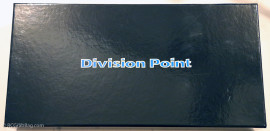
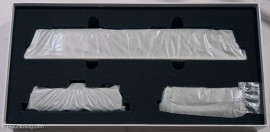
The Jawn was built by Baldwin-Westinghouse in 1954. It had a coal bunker in front of the cab, and a boiler behind the cab, feeding the steam turbine which turned a generator. All of this was housed in a “streamlined” body. A separate tender carried water, and was sometime supplemented with an auxiliary water tender.
Once it was running, the Jawn Henry was rated at 4500 h.p. and put out a massive 199,000 pounds of tractive effort.
The achilles heel of the Jawn Henry was its feed-water pump, which had to be operated at over-spec speeds and ran to failure. This caused a lot of downtime. Although the fuel cost per mile was lower than a traditional steam locomotive, the Jawn’s high cost and poor reliability relegated it to helper service on the N&W lines. The locomotive was scrapped in 1957.


Division Point is a fine producer of hand-built brass models, and pictured here is their 2012 release of the Jawn Henry in HO scale. It is factory painted and pictured with the included tender, and optional auxiliary tender. 

The model is huge, measuring 15″ (38cm) long, not including the tenders. Detail is exquisite as one might expect.

Here are some detail shots of the tenders.
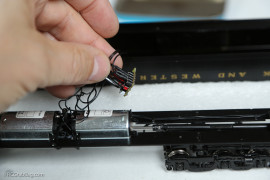
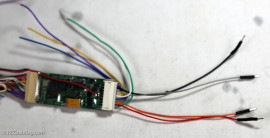
Of course I had to install a DCC decoder! Upon removing the upper body shell, I found this unusual wiring harness which initially appeared to be a standard NRMA decoder socket. But it wasn’t, and merely served to route power to the lights and motors. I installed a QSI Titan decoder with a custom steam turbine sound file from Tony’s Train Exchange. I used pins soldered to the decoder leads so that I could use the existing wiring harness. The lights that were factory installed were incandescent. I replaced them all with golden-white LED’s which are much brighter and more realistic. I won’t go into a lot of detail on how that was done here. For more information on installing DCC and LED lighting in a brass loco, check out my Overland Models Gas Turbine and Coal Turbine DCC conversions.
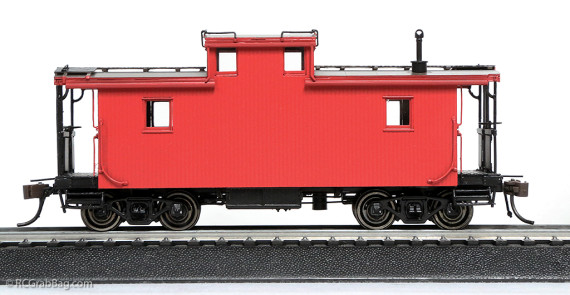
The Jawn wouldn’t be complete without a matching caboose. As luck would have it, I tracked down a Division Point brass caboose, factory painted. Just needed to get some N&W decals which proved to be an easy task.
Here’s a video of the Jawn Henry in helper service over at my club’s layout. Taking the lead is a Broadway Limited Y6B:
[wordbay]ho turbine[/wordbay]
Originally posted 2014-05-01 17:01:45.
1 comment
Leave a Reply
Archives
- April 2025
- March 2025
- February 2025
- January 2025
- December 2024
- November 2024
- October 2024
- September 2024
- August 2024
- July 2024
- June 2024
- May 2024
- April 2024
- March 2024
- February 2024
- January 2024
- November 2023
- October 2023
- September 2023
- August 2023
- July 2023
- April 2023
- March 2023
- September 2022
- September 2013
- August 2013
- March 2013
- September 2012
- June 2012
- December 2011
- August 2011
- July 2011
- May 2011
- March 2011
- January 2011
- December 2010
- November 2010
- September 2010
- August 2010
- July 2010
- June 2010
- April 2010
- March 2010
- February 2010
- January 2010
- December 2009
- November 2009
- October 2009
- September 2009
- August 2009
- July 2009
- June 2009
- May 2009
- April 2009
- March 2009
- February 2009
- January 2009
- December 2008
- November 2008
- October 2008
- September 2008
- August 2008
- July 2008
- June 2008
- May 2008
- April 2008
- March 2008
- February 2008
- January 2008
- December 2007
- November 2007
- October 2007
- September 2007
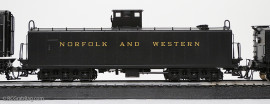
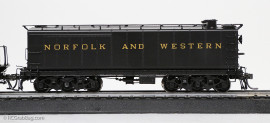
I know it wouldn’t be prototypical but just for fun you should double head this @ UP Coal Turbine # 80